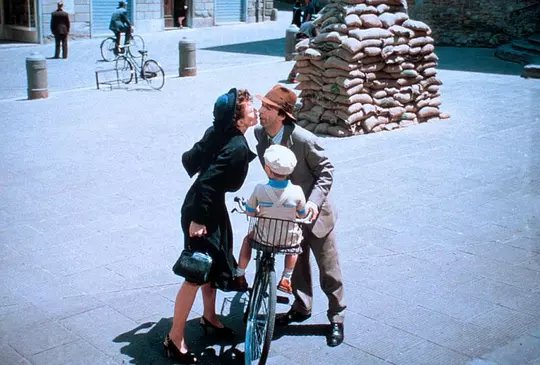La Vita è bella” is a World War II film directed by the famous director Roberto Benigni, released in 1997. The film changed the traditional anti-war theme of the fixed words, with a unique tone to convey the cruelty of war and the moving emotions of small people. The film was once discussed and sought after after its release, and won the Best Foreign Language Film and Best Actor awards at the 71st Academy Awards, as well as the Grand Jury Prize at the 51st Cannes Film Festival.
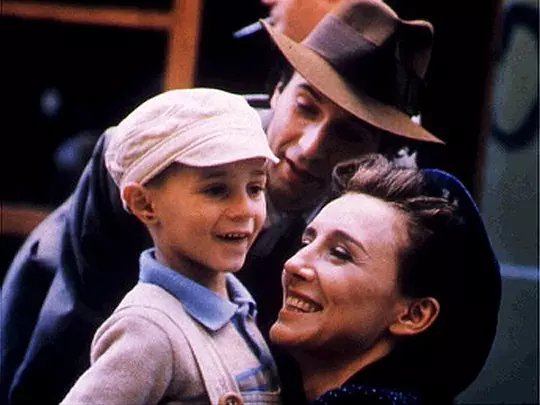
The story is about the fate of a Jewish family against the backdrop of the German fascist hunt for Jews. A young Jewish man, Guido, and an Italian girl, Dora, meet in legend, get married and have a child, and the family is happy, but their happiness is soon shattered by the Fascist horsemen and the family is taken to a concentration camp. The loving father falsely claims that the painful trip to the camp is just an exciting game to get a birthday present for the child’s young heart from the Nazi’s destruction.
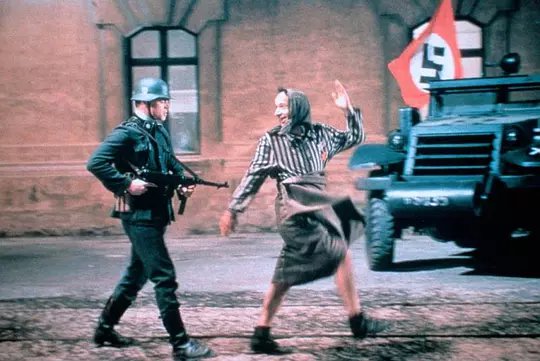
The narrative strategy of “La Vita è bella” is not sequential. The narrative at the beginning of the film shows that the film uses the strategy of flashbacks and memory retracing. In the opening scene of the film, in the thick fog, an adult walks forward with a child, which is Quito and his son Joshua in the film, while the voiceover says, “It is a simple story, but not easy to tell; it is like a fable of both sorrow and wonder and joy.” Such a narrative allows the audience to quickly go back more than half a century.
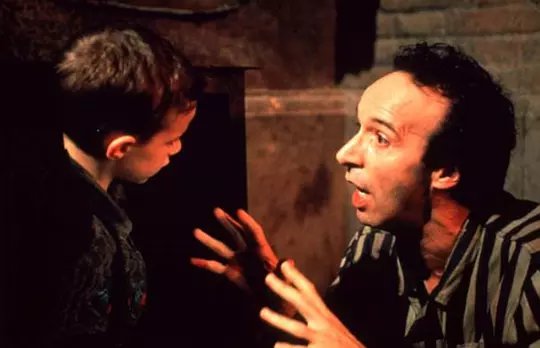
For the director, this is a very logical way to narrate the film, which cleverly employs an atypical narrative approach, allowing the grown-up Yoshua to become the narrator of the film and the audience to become his companion, watching the memory with him and learning, from his perspective, about the efforts and sacrifices made by the great father to preserve his son’s happy childhood.
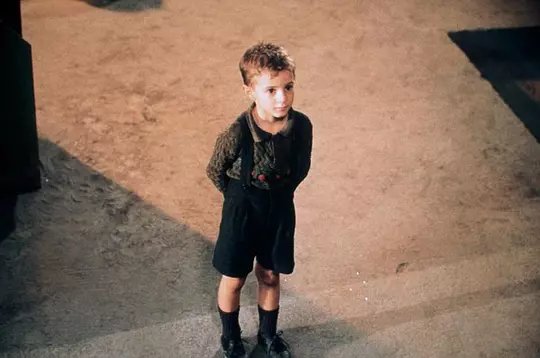
In the first half of the film, the scenes and tones are bright and smooth, the pace is light and the story is cleverly framed, giving a sense of joy and pleasure in the witty language and lively physicality of Kido, and the occasional bringing out of the World War II background does not affect the audience’s pleasure of watching the film. On the contrary, in the second half of the film, after the Quito family enters the concentration camp, a train slowly rolls into hell, and the tone of the film changes to one of intense gloom and doom. The stark contrast between the beginning and the end highlights the theme of “La Vita è bella” in a very tense way.
It is easy to see that throughout the film, the director adopts a unique style of switching between light and dark, which is partly expressed in the encounter and love between Guido and Dora, and partly in the many lies that Guido tells to protect his son in the Nazi concentration camp. The film shows the darkness of the Nazis and fascists in the form of a fairy tale and drama. The director uses the death of Kido as a vehicle to narrate the story for the sole purpose of highlighting the theme of the film and expressing the shocking feelings of adults trying to protect the innocence and childishness of children.
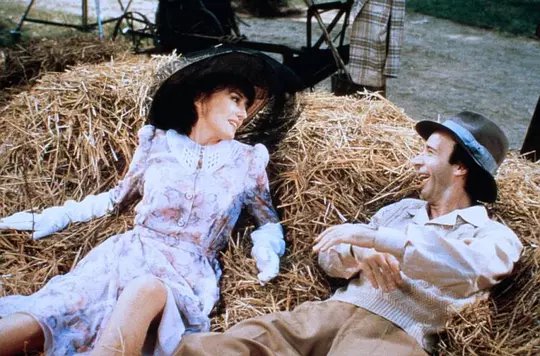
Throughout the film, “La Vita è bella” brings out the suffering carried by the underclass during the war, the optimism and humor of life, and the skill of rendering emotions in the elements of Italian drama. The film’s seemingly absurd and romantic storyline is more impressive than the movie scenes that directly show the bloody massacre. The director cleverly uses a playful approach to show the brutality of war and leave thought-provoking reflections. It can be said that the film is a very good revelation for the audience. The film is like a parable that inspires everyone’s love for life, and the film is not only quite outstanding in terms of cinematic language, but also the inner life shown by its own story makes it a monumental film history classic.
